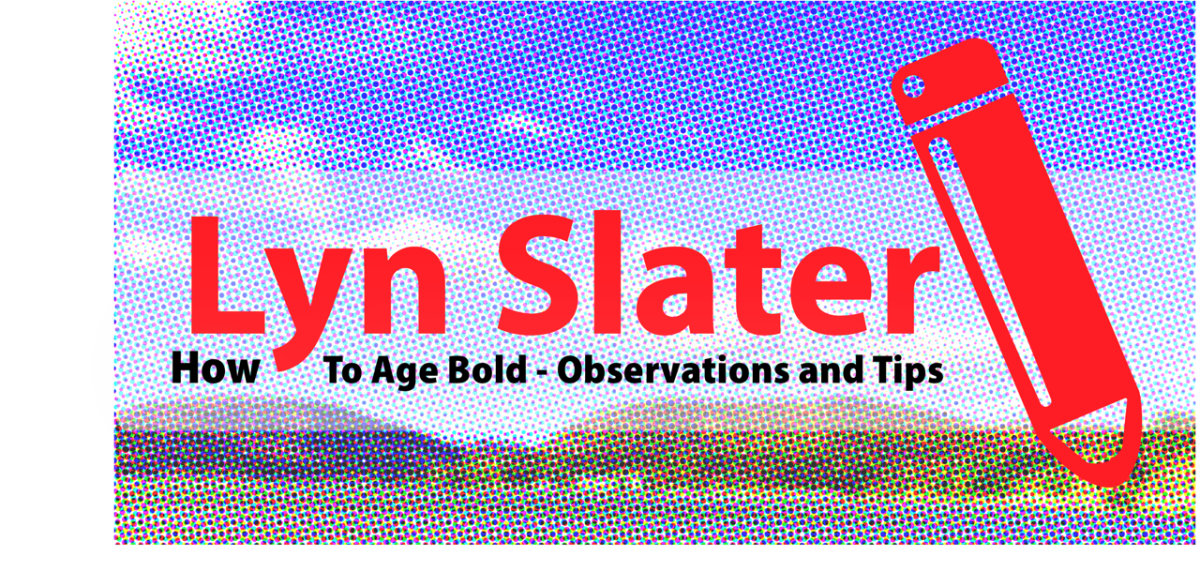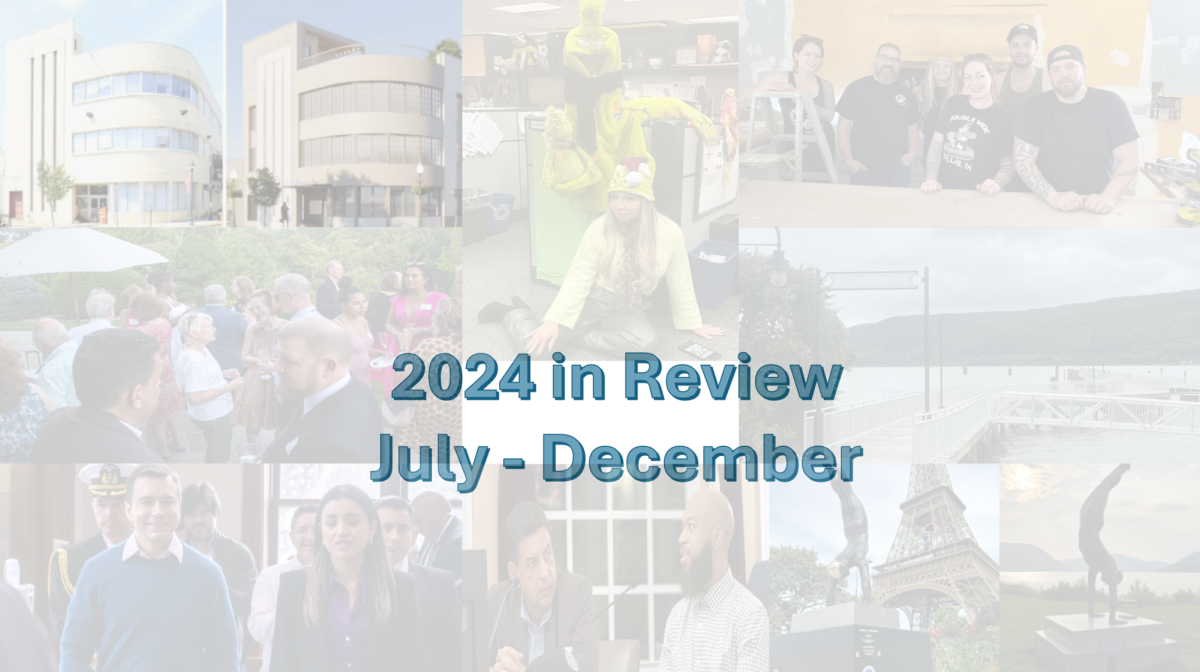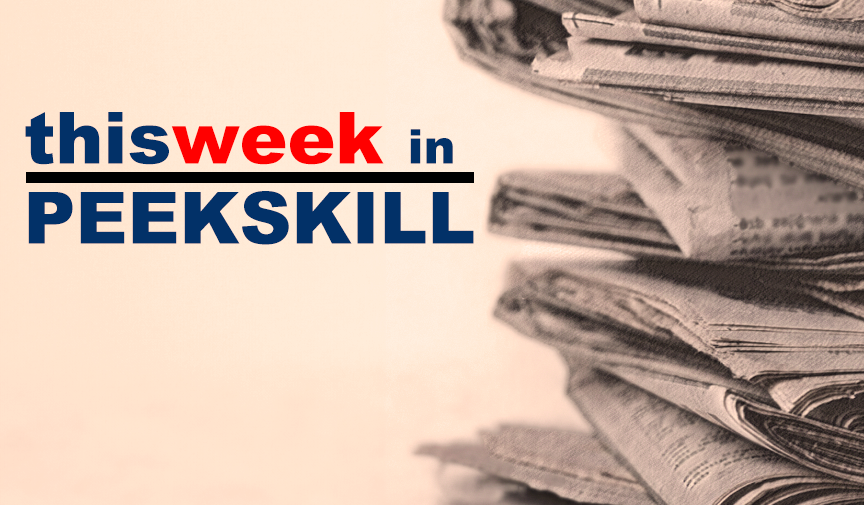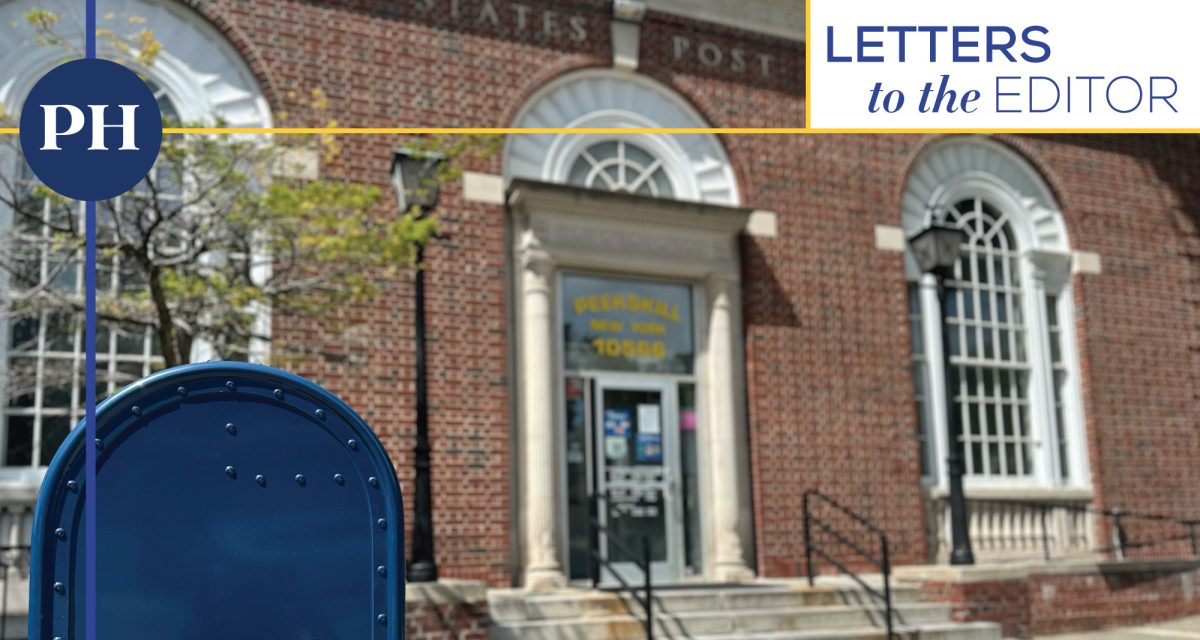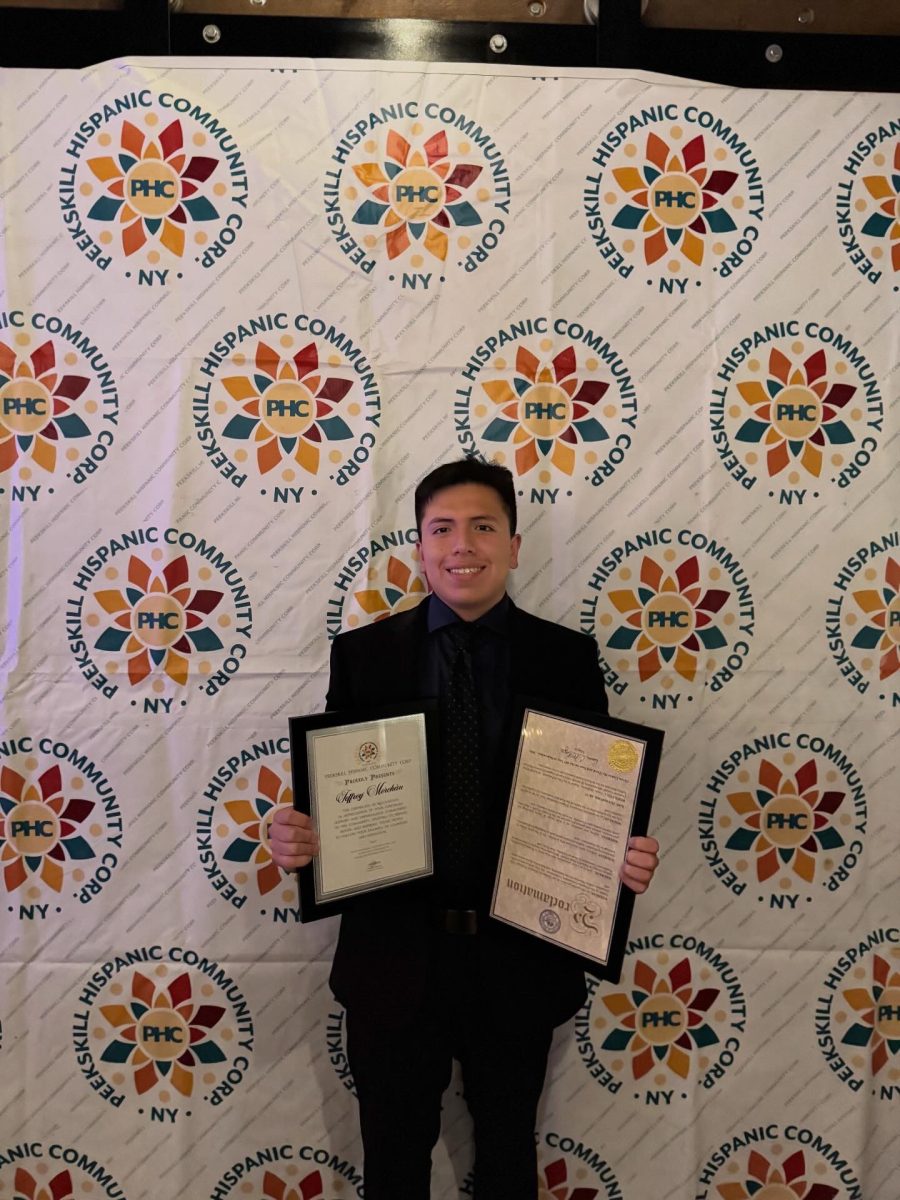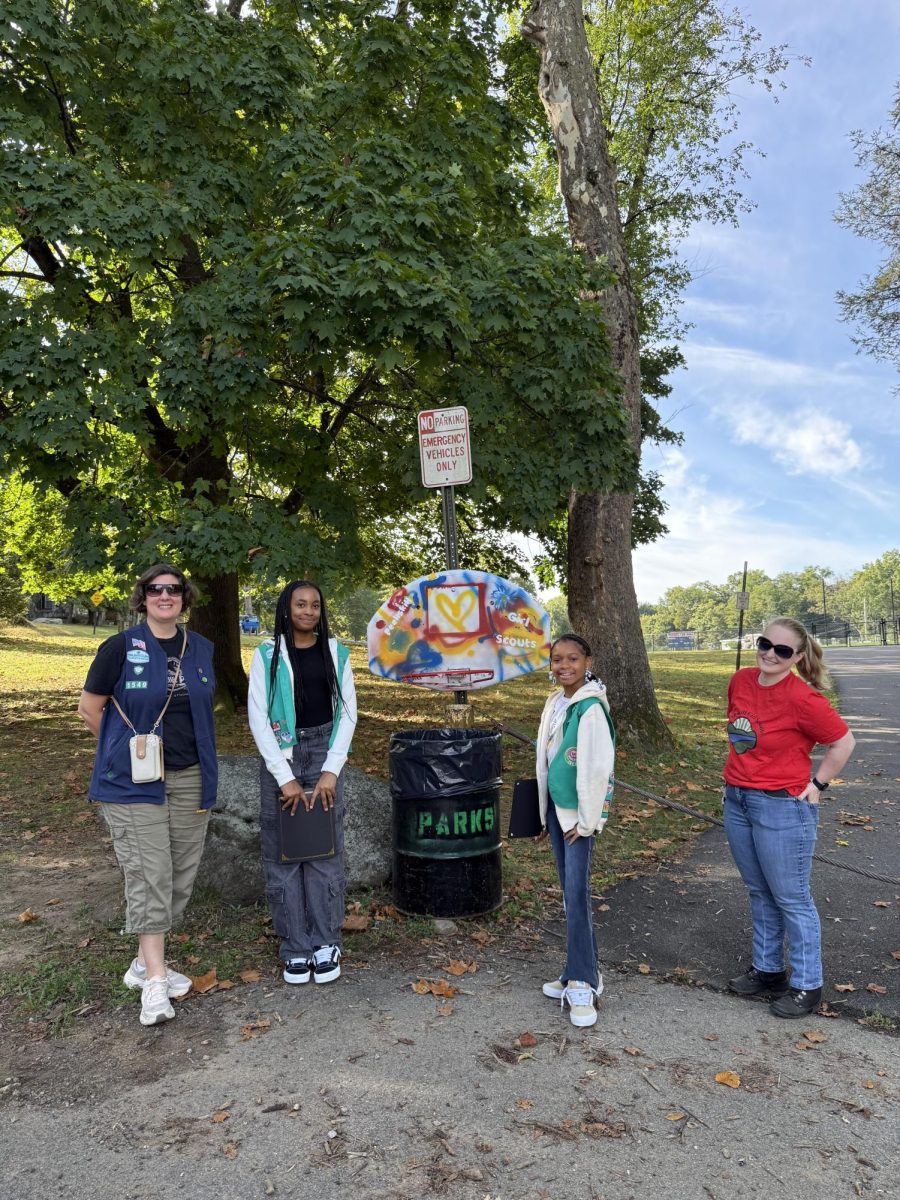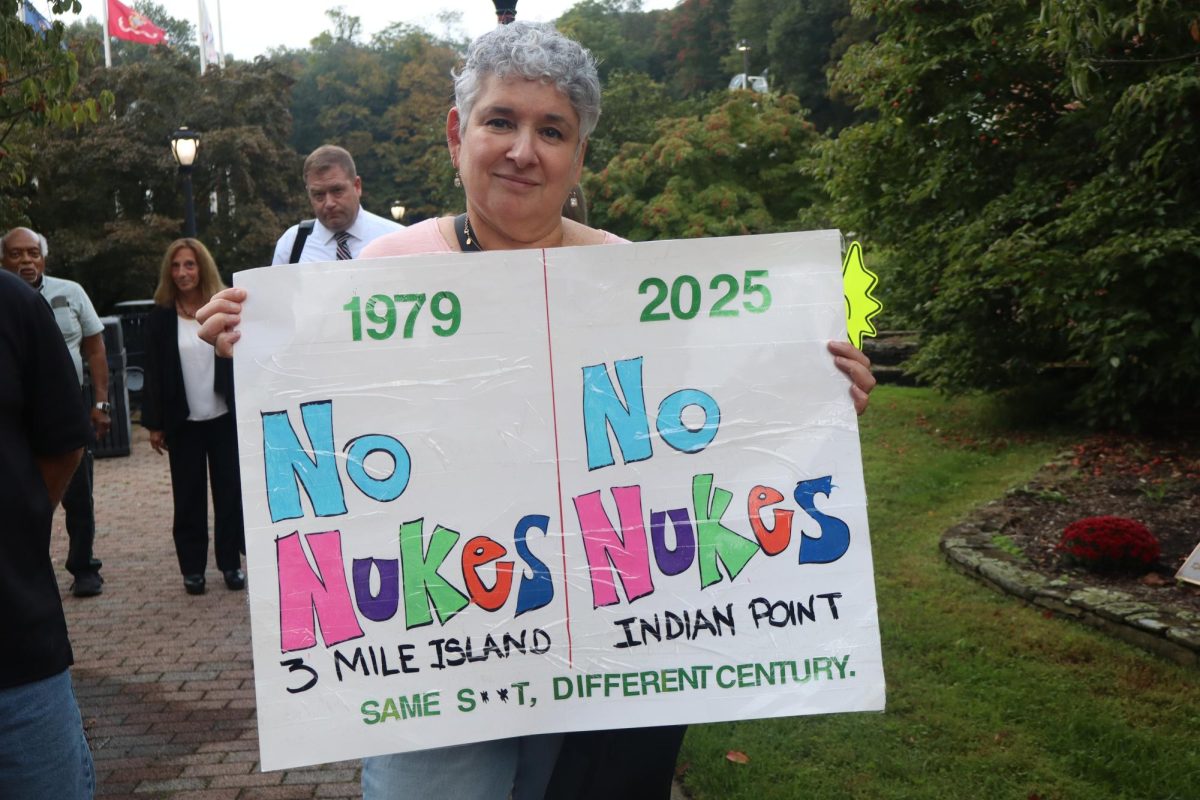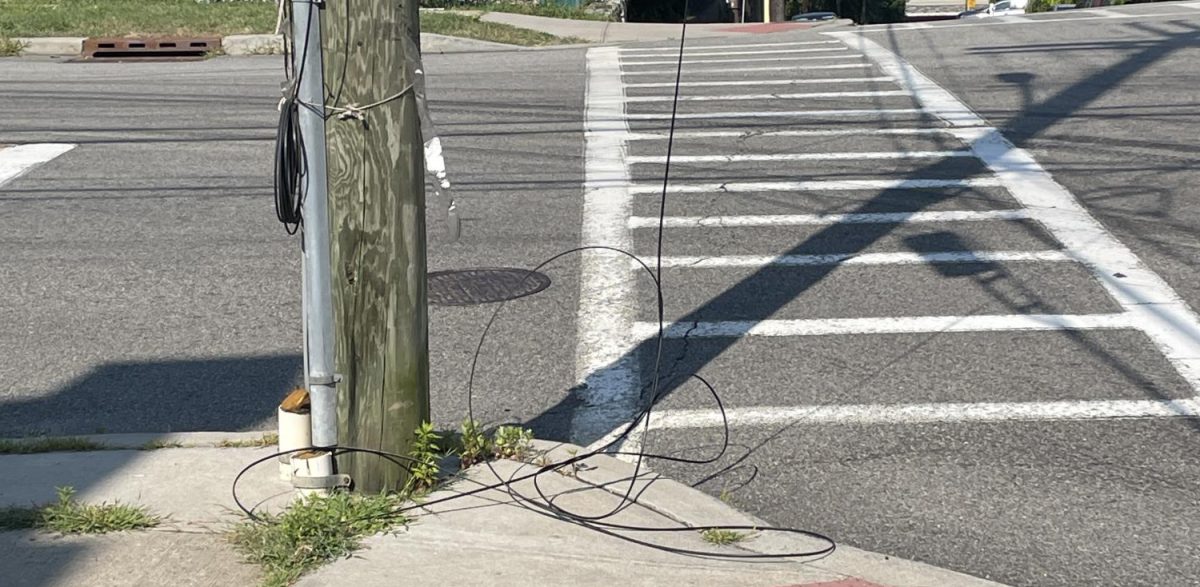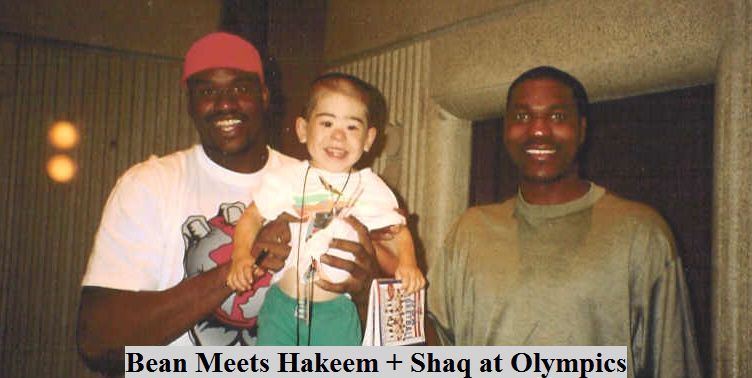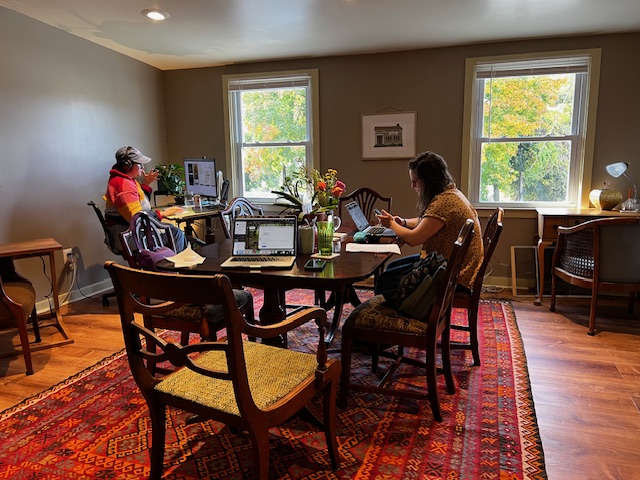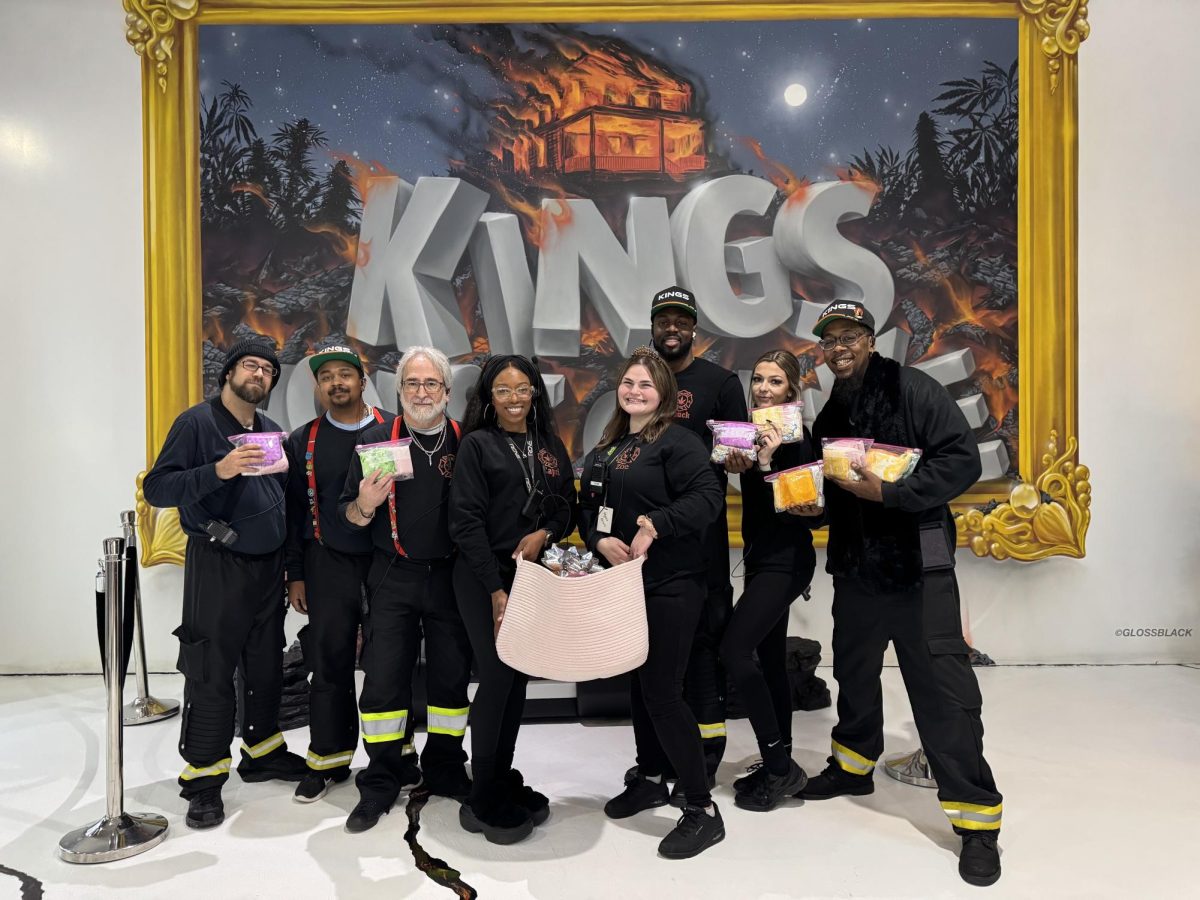Earlier this month, when City Manager Matt Alexander concluded his remarks to the area business community during the Hudson Valley Gateway Chamber of Commerce monthly meeting, he used the word “becoming” to describe the process of change our city is in.This word implies we are a city in transition, moving towards something greater, which is one reason I love living here.
When people who do not live here ask me what Peekskill is like, that is exactly how I describe it: “It’s a city in motion.” Because we are “becoming” Peekskill can and is a place where infinite possibility exists. It is important we learn from experiences had by other river towns, like Beacon, that our “becoming” must not lose sight of inclusion and equality, the values that make Peekskill the diverse and rich place it is.
Because we are “becoming”, there is a good amount of “planning” going on. Several organizations and the city itself are collecting data and sending out surveys about how we as residents of Peekskill feel about living here, the services offered, and what we would like to improve.
At the same event mentioned above, our new Director of Planning, Carol Samol, indicated a city-wide Comprehensive Plan is in the works. The risk of sending out multiple surveys and conducting too many different interest or age-specific assessments is that community members will become fatigued and stop taking part especially if the results are not shared. Sometimes less vocal groups, like children and elders can get left out. Age and issue segregated institutions, funding streams, and service delivery systems create silos that limit our ability to work together and encourage competition for scarce resources.
One of the most exciting, innovative, cost saving, health promoting initiatives presented during Alexander’s report is the Community Hub. The Community Hub is the brainchild of Jonathan Zamora, Peekskill’s nutrition manager. Along with the nutrition program, the youth and recreation departments, Zamora envisions a campus of community facilities (housed at the Neighborhood Center next to the library) serving youth, young adults, families and elders of all backgrounds.
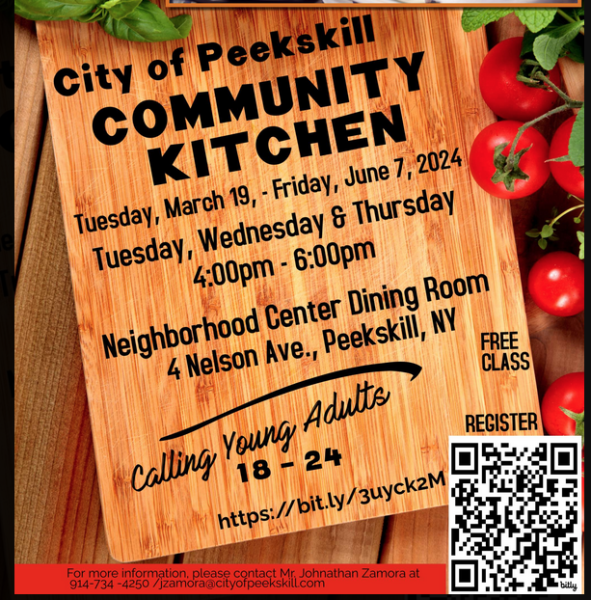
Using the idea of “community kitchen” as both a metaphor and organizing principle, programming will be offered for specific populations, but will also generate opportunities to bring the entire community: young, old, families, and singles “to the table” for a variety of shared experiences that will promote health and well-being, lifelong learning, career development, social connection and intergenerational collaboration and resource sharing. I’d like to advocate that this be the “table” around which we gather to think and talk about what needs to go into our Comprehensive Plan.
Why is this intergenerational approach so smart? Combining services mitigates the stress on families that is increasing as members of different ages try to support each other in these tough economic times.
The recent Community Hub Open House brought in a diverse group of service and advocacy organizations to illustrate how we can use the hub as a one-stop shopping approach to needed services, access to information, and opportunities available across the lifespan.
I remember being a parent of a young child, who was working in a very demanding job, commuting three hours a day, needing before and after school care, while also caring for a sibling and aging parents. Rather than calling and visiting numerous organizations or spending hours researching benefits and services on multiple websites, as I did, imagine you can find everything to support your caregiving and self-care all in one place?
That with the extra time you save, you might, as a bonus, get a chef cooked meal or take an exercise class while your child is at recreation activity and your parent is in a computer class. Talk about making life less stressful! What I would have given to have a place like that in my life when I was in that situation. Today at 70, if I feel lonely, I know there is a place that I can go to take a class or participate in a book club.
Combining services also lowers costs. Shared spaces such as kitchen and dining areas and resources such as delivery and janitorial services save money. An intergenerational shared site promotes cost efficiency in terms of staff recruitment and training, as staff can cross-train and use their skills flexibly. A greater range of fundraising opportunities is available to organizations. At a time when municipal governments, like ours, face serious fiscal challenges, potential savings could be significant.
In addition to the expansion of intergenerational service locations like the Community Hub, there’s a growing trend toward intergenerational community planning. Intergenerational planning is a comprehensive approach to city planning that considers the effects of decisions made about the community’s assets and infrastructure over a range of ages. By increasing communities’ ability to tackle important challenges from a multigenerational, cross-sector viewpoint, intergenerational community planning aims to enhance the lives of kids, teens, adults, and elders. Community planners can better identify intergenerational strategies that are appropriate for their community and carry them out through a variety of plans, laws, regulations, and programs.
Intergenerational community planning asks these kinds of questions: Who did not respond or get left out of the survey we just sent out? Did we make active efforts to include members of all generations? How do we make sure we do?
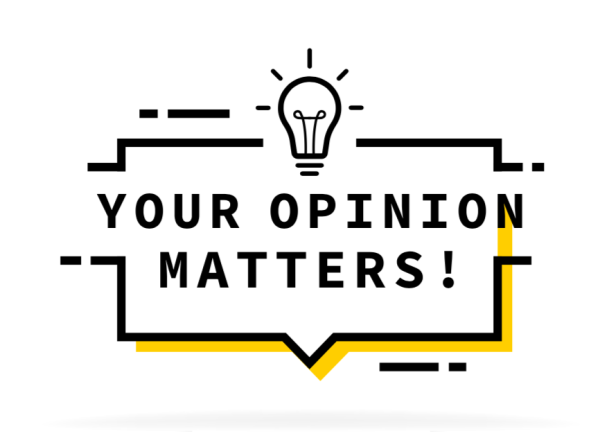
How do plans for streets and sidewalks meet the needs of kids, people with disabilities, parents with strollers, young adults on bikes and older folks who might be concerned about a fall?
How can proposals for affordable housing facilitate resource sharing between generations? What kinds of parks and public facilities can not only attract and engage age-diverse populations but also accommodate intergenerational programs and activities?
How do we make decisions about our many public art projects in ways that provide opportunities and experiences that allow us to get to know each other better and meet artists from all generations? How can we improve the accessibility of commercial facilities, public facilities, and human services in ways that foster connection?
We don’t need to reinvent the wheel or start at the beginning. We have many projects and plans that either already are or have the potential to enhance the well-being of all generations. We just need to start thinking about them that way.

As an example, farmers’ markets hold real potential as sites for intergenerational educational, health and social experiences. They can be meeting places that encourage social interaction, and places for teaching about nutrition, for facilitating physical exercise and for young and old to learn something new from each other. Intergenerational experiences won’t just happen; they will need to be planned.
We are all affected by the issues in front of us here in Peekskill: affordable housing, neighborhood revitalization, walkability and safe streets, health and safety, development of parks, green spaces and the riverfront, employment and entrepreneurship. Plans that respond to these concerns are already in motion. They can become even more impactful if we have a shared vision of what livability means for all generations that allows us to plan for it.

As our new Director of Planning emphasized in her remarks to the Chamber of Commerce, this is “an important moment to build community in Peekskill.” The Community Hub has a vision that seems to want to capitalize on that moment, extending us an invitation to take a seat at an intergenerational table, share a meal and have a conversation.
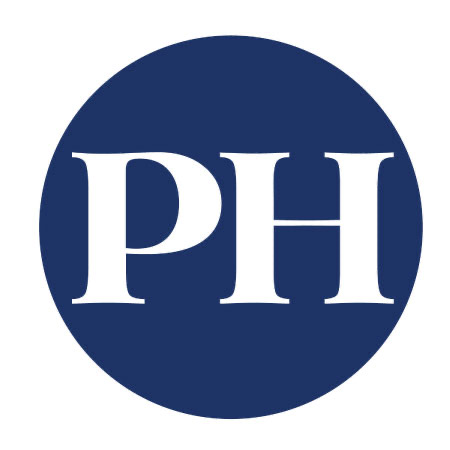
Herald columnist Lyn Slater published her first non-academic book this month, “How to be Old” Lessons in Living Boldly from the Accidental Icon.
.




